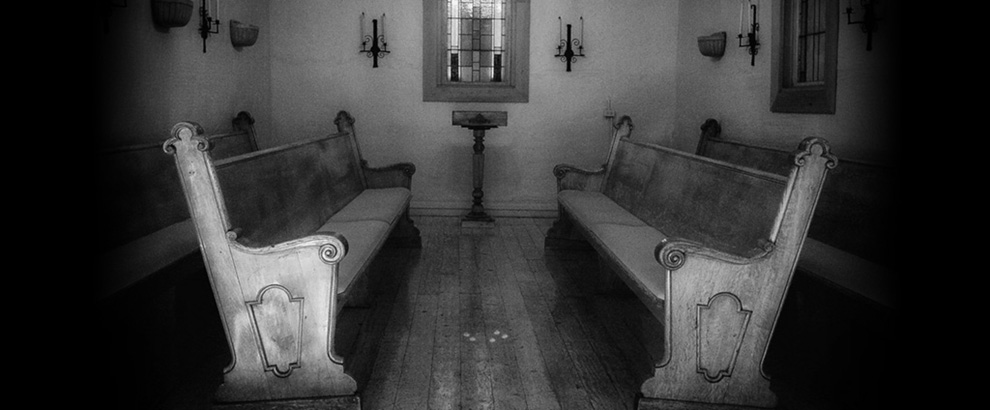
Near the end of Edward Albee’s 1994 Pulitzer Prize-winning play, “Three Tall Women,” two of them, cryptically named “A” and “C,” finally profess their general dislike for each other. (“B,” the third woman, fills the Switzerland role of studied neutrality.)
Though not particularly surprising given the multiple barbs and eyerolls A and C have been sending each other’s way, it is a sad interchange for any reader or viewer who has followed their interaction through the play’s two acts.
That’s because A and C are the same person at different stages of life. (B is part of the mix, too; more on her below.)
C is 26, most of her life ahead of her, with the kind of self-assurance often begat by innocent, optimistic youth that is yet to be bruised and chastened by experience.
A is 92, obviously intelligent and refined, but just as obviously bitter, some for the ruins of her past but also for where that past and her age have landed her.
Plagued by creeping dem...
Read More






Recent Comments